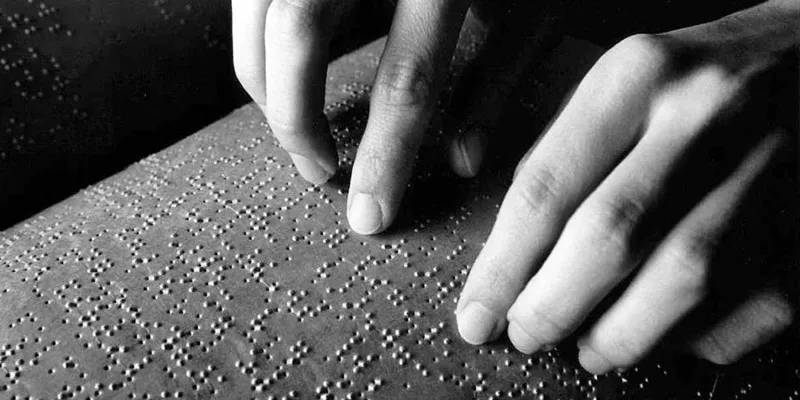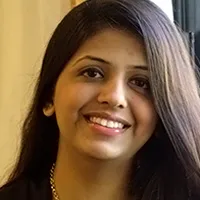How Upasana Makati built India’s first English lifestyle magazine in Braille for visually impaired
While working for a public relations firm in Mumbai, Upasana Makati began thinking about the various reading options available for a visually impaired person. Much to her surprise she did not find any, and shared the idea of launching an English lifestyle magazine in Braille with her close friends.

In May 2013, Upasana launched ‘White Print’, India’s first 64-pageEnglish lifestyle magazine in Braille. The magazine is printed at the National Association for the Blind, Mumbai, and covers politics, music, film, technology, art, food, travel, success stories of the common man among others. “We do not stick to the definition of a lifestyle magazine. Barkha Dutt contributes a political column for the magazine and we also include short stories to add the literary touch to the magazine,” says Upasana.
Importantly, there is a reader’s section in the magazine where it invites readers to share their poems, articles, opinion pieces or anything and everything that interests them. “It is their way of sharing their work with the rest of the community,” she adds.
A number of people ask Upasana if she was associated with the visually impaired community in any way. “I wasn’t even remotely connected with visually impaired people before ‘White Print’. It was born out of a thought that not only surprised me but worried me to a great extent. Somehow it was difficult for me to digest that the visually impaired didn’t have a monthly magazine of this nature in Braille that would reach their doorstep each month,” points out Upasana.

No startup is formed and no idea can be executed without hurdles at every step. For Upasana, it began with a few people pointing out to her that she could easily make money if she took up a job, while some questioned her decision of ‘sitting at home’. “None of this ever bothered me,” she says.
Funding is a big hurdle
The biggest challenge, which ‘White Print’ still faces, is funding. “ ‘White Print’ is not a charity venture. We do not run on donations. With ‘White Print’, I saw the opening of new avenues for the advertising world too. As of now, advertising has primarily been about graphics, colourful images and animation. However, now, text and sound had to do the talking,” adds Upasana.
Support from corporates has been a big push
The magazine has the support of leading companies like Coca-Cola India, Raymond, Tata Group, and Aircel in the past few months. They have not only appreciated the uniqueness of the project but have sought innovative ways to reach out to the visually impaired population of the country.
“However, we still face the challenge of convincing companies to communicate directly with the visually impaired community and advertise with us just as they would in any other publication meant for the sighted,” says Upasana.
At present, the magazine prints 300 copies every month and circulates it across India. “Our biggest success is when we get subscribers from the smallest of villages in India. There are numerous people who send us messages, calls and letters telling us how it’s an important part of their routine. A girl from a small village in north India read the entire edition in a day and already called me asking when she could get to read the next. It is certainly the most satisfying feeling when we hear such wonderful things from our readers,” adds Upasana.
Pricing and plan for scaling up
‘White Print’s’ revenue comprises of subscription cost and advertisements. The magazine is priced at Rs. 30/- and hence it primarily operates on ad revenue.
Social Media along with the online, print and electronic media have been a great source of awareness for the magazine. “We receive a number of subscriptions through these channels and honestly it is economically viable for a startup venture like ours to maximise our reach through them. Apart from these, word of mouth publicity has been an important factor too,” says Upasana.
Road ahead
The magazine hopes to reach more and more houses, institutes, schools and libraries in the near future. “We would love to take the magazine beyond India in the coming years,” says Upasana. It recently launched a short music film, titled ‘B for Braille’ (available on YouTube) to promote Braille literacy. “We believe music has the power to convey a message beautifully and hope through this we are able to address the issue,” she concludes.







